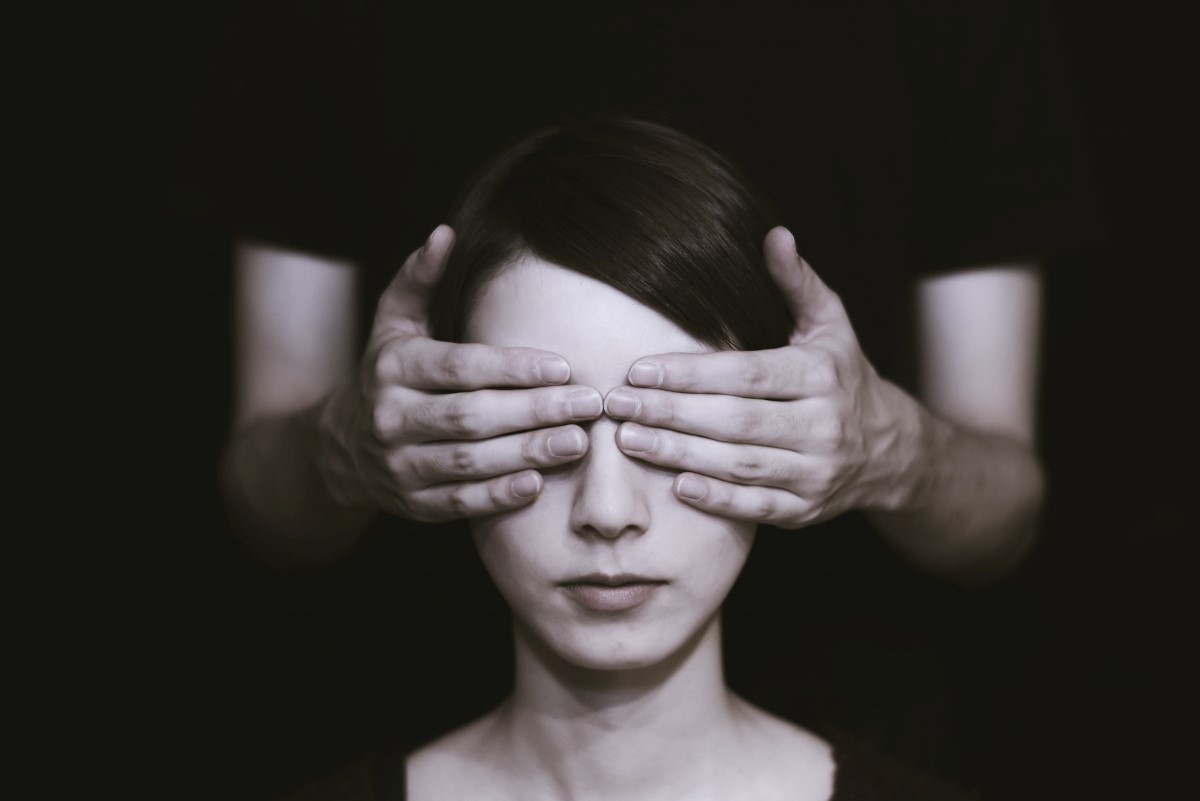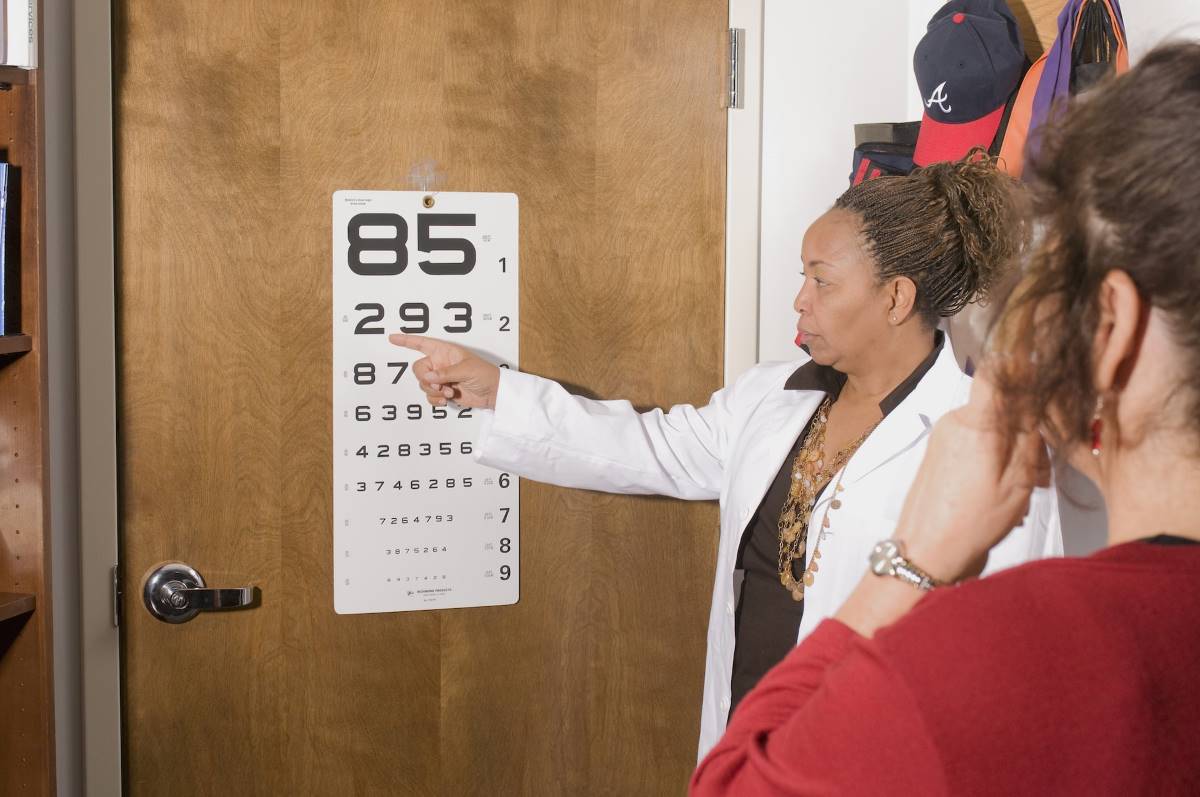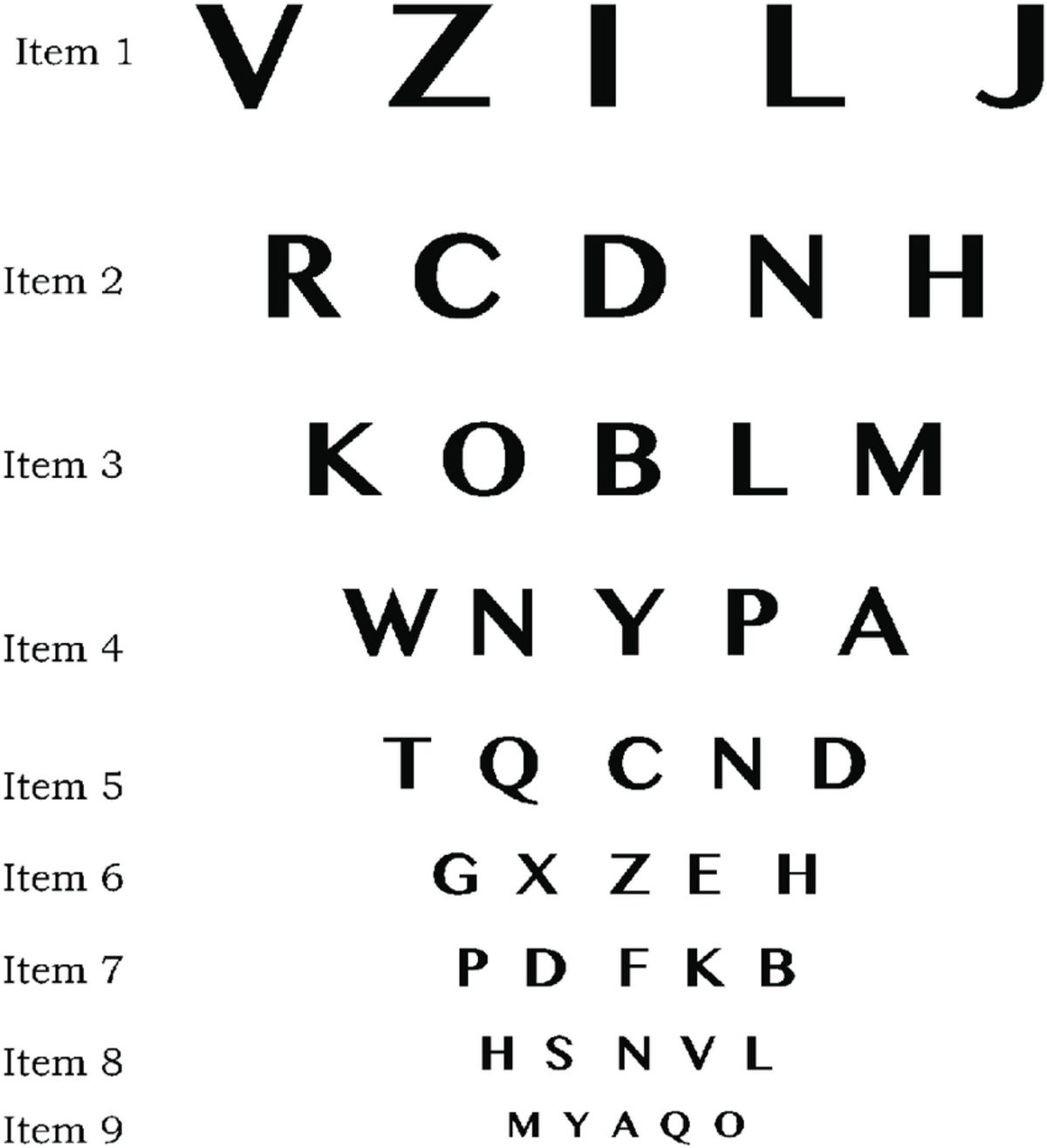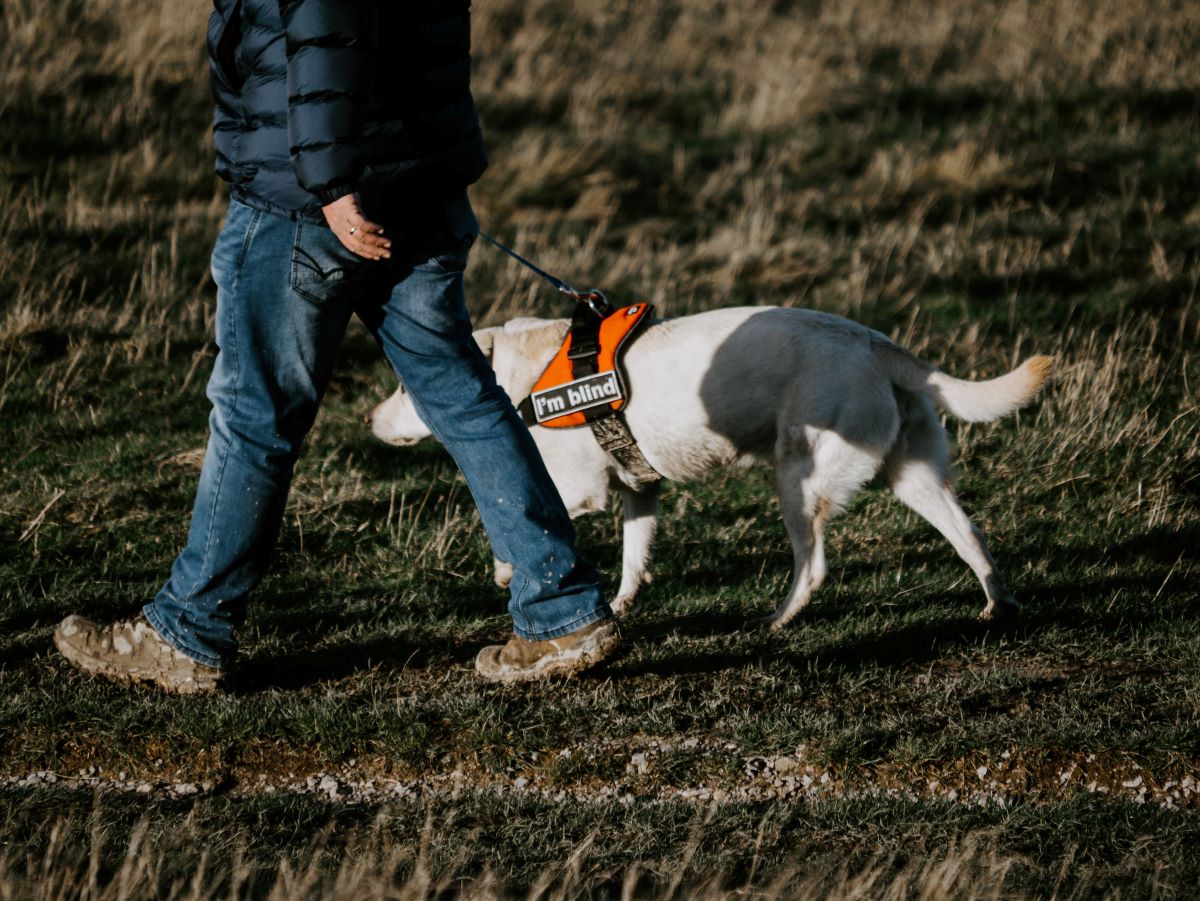What Prescription is Legally Blind?
Picture this. You’re at the optometrist’s office, squinting at the eye chart as the letters gradually get smaller and smaller. Suddenly, the optometrist tells you that you’re legally blind.
What does that even mean? Is it possible that you could be legally blind and not even realize it? Don’t worry. You’re not alone in your confusion. Legal blindness is a term that can be difficult to understand, and it’s important to know the prescription to be legally blind.
Let’s discuss the definition of legal blindness and explore how visual acuity is measured. We’ll also explore the impact and misconceptions of the term. So, let’s clear up some confusion and shed some light on this important topic.
What is legal blindness?
Legal blindness is a term used to describe a level of vision loss that meets specific criteria set by a country or organization. This can impact a person’s ability to perform daily activities and access certain services and benefits.
The retina, which is part of the eye that contains photoreceptor cells that help detect light and send signals to the brain, can be affected by various medical conditions or injuries that result in vision loss.
Being legally blind depends on various factors, including visual acuity and visual field. Visual acuity refers to the sharpness of your vision. On the other hand, the visual field refers to the total area in which objects can be seen when a person looks straight ahead.
This means that while a person with 20/20 vision can see letters on an eye chart at a distance of 20 feet, a person with legal blindness can only see from 200 feet away. In other words, someone with legal blindness sees at 20 feet, whereas someone with normal vision can see at 200 feet.
But if your prescription corrects your vision to 20/20, yet your visual field is limited to 20 degrees or less, you may still be legally blind. Those with a limited visual field may be unable to see objects off to the side or above or below their line of sight.
The impact of legal blindness on people’s lives can be significant. It can affect a person’s ability to read, work, and carry out daily activities independently. For example, a person with legal blindness may have difficulty reading street signs, recognizing faces, or performing tasks that require fine motor skills, such as cooking or using a computer.
Legal blindness can also affect a person’s mental health and social well-being, as they may feel isolated or excluded from activities that others take for granted.
How is visual acuity measured?
Visual acuity is typically measured using an eye chartor a standardized test determining how well a person can see at a specific distance. The most common type of eye chart is the Snellen chart, which consists of rows of letters in decreasing size.
During an eye exam, an eye chart is placed 20 feet away from the person being tested, and they are asked to read the letters from the top row down. The smallest row of letters that can be read accurately determines the person’s visual acuity.
Another type of chart used to measure visual acuity is the LogMAR chart, which uses a series of letters of equal difficulty arranged in rows. The LogMAR chart is often used in research settings and is more precise than the Snellen chart.
The test results are recorded as a fraction or decimal, showing how far away a person can read the chart compared to someone with normal vision. For example, if a person has a visual acuity of 20/40, they can read the chart from 20 feet away, while a person with normal vision could read the same chart from 40 feet away.
Visual acuity can also be expressed as a decimal. For example, 20/20 vision, considered normal vision, is expressed as 1.0 in decimal form. A person with 20/40 vision, which is half as good as normal vision, would have a decimal visual acuity of 0.5.
What prescription is considered legally blind?
Different countries and organizations have established specific criteria to determine legal blindness.
The World Health Organization (WHO) and the US Social Security Administration (SSA) both have definitions for legal blindness. According to the WHO, legal blindness is when a person has a visual acuity of less than 20/400, or a visual field of fewer than 10 degrees, even with corrective lenses.
The SSA, on the other hand, defines legal blindness as a visual acuity of 20/200 or less in the better eye with the use of corrective lenses or a visual field of 20 degrees or less in the better eye.
Other factors can also affect visual acuity, including age, disease, and injury. As people age, their vision may naturally decline, and they may need corrective lenses to maintain good vision. Diseases such as macular degeneration and glaucoma can also cause vision loss, and injuries to the eye can result in permanent vision impairment.
Some common misconceptions about legal blindness
Misconceptions and myths often surround legal blindness. One of the most common misconceptions is that legal blindness means complete darkness or the inability to see anything.
In reality, legal blindness is a spectrum. People with different levels of vision loss may have different needs and abilities. Another misconception is that all people who are legally blind use guide dogs or white canes to navigate.
While some people with legal blindness use these tools, others may use magnifiers, special software, or other assistive devices to help them read, use a computer, or perform other tasks. Some people also believe that legal blindness is a permanent condition that cannot be improved. However, this is not always the case.
Depending on the cause of the vision loss, some people may be able to improve their vision with corrective lenses, surgery, or other treatments.
Legal blindness is not a medical diagnosis but rather a term used to describe a specific level of vision loss that meets the criteria set by a country or organization. It is a legal term to determine eligibility for certain government benefits and services, such as disability payments or access to assistive technology.
Understanding legal blindness and supporting people with visual impairments
Legal blindness can profoundly impact a person’s life, affecting their ability to carry out daily activities and participate fully in society. People with different levels of vision loss may have different needs and abilities and face different challenges depending on their circumstances. It’s crucial to support and advocate for people with visual impairments and to raise awareness about legal blindness and the challenges faced by those who are legally blind.
Some ways to support and advocate for people with visual impairments include providing accommodations in the workplace or public spaces, promoting accessibility in digital media, and advocating for policies and laws that protect the rights of people with disabilities.
Raising awareness about legal blindness can also help to reduce the stigma and misconceptions surrounding vision loss. By increasing understanding and empathy, we can work towards creating a more inclusive and accessible society for all.

Written by:
Angie Garcia


















